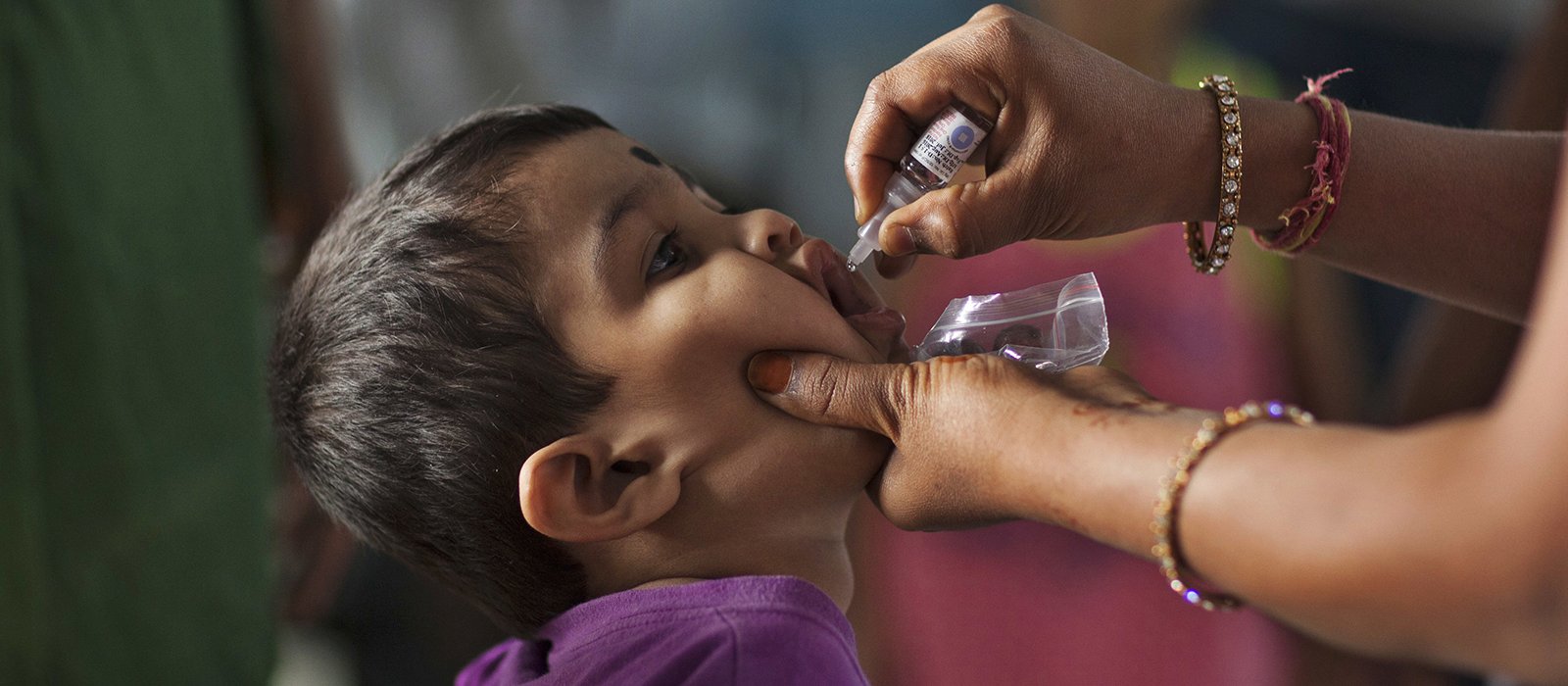The pursuit of polio eradication in India stands as a landmark chapter in the nation’s public health history, marked by unprecedented efforts and adaptability.
In my years at the Ministry of Health & Family Welfare, I faced challenges that highlighted the complexity of the mission. Polio eradication was a critical national health initiative aligning with global efforts led by organizations such as the World Health Organization (WHO). Eradicating the disease had been a long-standing global endeavour, and India was committed to achieving a polio-free status.
My journey working towards polio eradication in India was especially challenging in the states of Bihar and Uttar Pradesh around 2010. While Uttar Pradesh exhibited relatively promising progress, Bihar, particularly the Koshi region, presented unique challenges. Despite commendable progress in other parts of the country, Koshi posed distinctive challenges, calling for a tailored strategy to ensure comprehensive immunization coverage. This area, marked by inaccessibility and a transient population, became the final frontier in our relentless battle against polio.
The conundrum lay in the shifting nature of the population of Koshi. Immunizing a child on day one and then locating them for the crucial second dose proved to be an elusive task. The region’s dynamics demanded a bespoke strategy, and so, we immersed ourselves in dialogue with the local communities. What emerged from these conversations were invaluable insights. Take, for instance, the brick kiln workers – a group in constant flux due to the nature of their work – standard immunization practices failed to catch up with them as they moved from one kiln to another. The nomadic nature of these workers posed a formidable obstacle to conventional immunization practices, hence making it difficult to track and immunize every child.
Faced with these challenges, we decided to be omnipresent, transcending geographical barriers. We, as a team, traversed villages, crossed streams, and navigated through rugged terrains to reach every corner of the region. We also strategically halted every train passing through, transforming platforms into impromptu vaccination centers. Every child, regardless of their vaccination history, was administered polio drops.
Another significant hurdle we had to contend with was resistance from a particular section of the population (similar to the current struggles facing the regions like Afghanistan and Pakistan). Majorly pronounced in specific areas of Uttar Pradesh and Bihar, a prevailing misconception had taken hold that polio drops caused impotency and was a government ploy to control population growth.
Recognizing the need to address concerns in a culturally sensitive manner, we turned to religious institutions. Coordinating with various religious places, we conveyed a carefully crafted massage emphasizing that giving polio drops to children is necessary and safe. The message was largely given during the time when many people would gather to pray and went on to clarify that taking the polio
drops held no religious objections. This was a crucial pivot in our awareness strategy, acknowledging that traditional approaches would not resonate. By integrating the message into religious discourse, we aimed to dispel misconceptions and foster a wider acceptance. Acknowledging and respecting the beliefs and traditions of the local population became integral to the success of the program. The use of religious language, collaboration with local leaders, and involving influential figures demonstrated the effectiveness of aligning public health initiatives with cultural norms. These grassroots efforts required about a year of unwavering commitment to effectively contain the virus in this challenging region.
While global guidelines provided a framework, the success in Bihar and UP hinged on the ability to adapt and innovate. Flexibility in strategies, whether it was transforming train platforms into vaccination centers or using religious platforms for awareness building, showcased the importance of adaptability in dynamic public health initiatives. It became apparent how crucial an understanding of local contexts in public health initiatives is.
Community engagement also played a central role in our success. Beyond just disseminating information, actively involving the community in the decision-making process and implementation created a sense of ownership. This not only fostered trust but also ensured that the strategies were well-received and sustainable in the long run.
The arduous efforts in UP and Bihar’s Koshi region exemplify that every child reached through vaccination represents a triumph against preventable diseases. Immunization is not merely a public health strategy; it is a beacon of hope for communities vulnerable to the devastating impacts of infectious diseases. It serves as a poignant reminder that immunization can be a lifeline, preventing morbidity and mortality, and ultimately, saving lives.
Each vaccinated child is a testament to our commitment to creating a healthier, resilient future. As we navigate public health challenges, the imperative to prioritize and sustain immunization efforts becomes clearer than ever. If immunization can save even one life, it is not just crucial – it is an ethical responsibility and a powerful investment in the well-being of generations to come.
 Back to page
Back to page

Leave a Comment